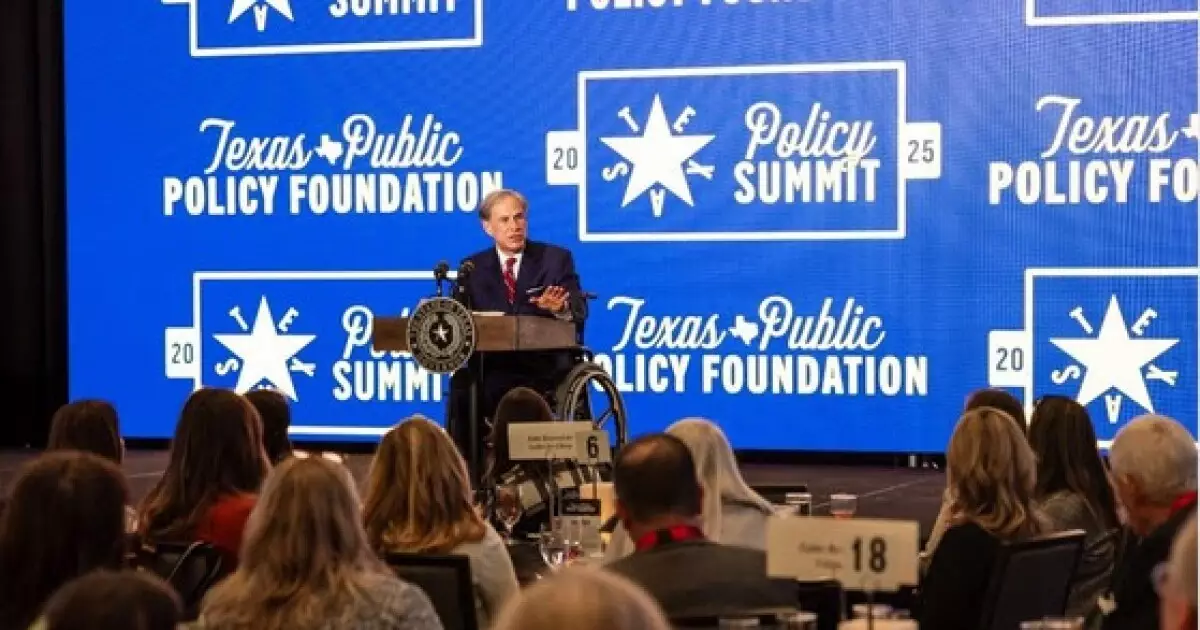In recent years, Texas school districts have found themselves increasingly cornered by stagnant state funding and rising operational costs. A recent report from Moody’s Ratings sheds light on how these financial challenges are undermining the flexibility of school budgets throughout the state. This analysis not only delves into the issues presented in the report but also examines the broader implications for educational quality and fiscal responsibility.
Despite the persistent pressure of inflation and the waning of pandemic-related federal aid, funding for Texas public schools has remained largely unchanged. The basic allotment per pupil has been locked at $6,160 since 2019, a figure that, when adjusted for inflation, has effectively diminished in value. As Moody’s suggests, this stagnation in funding poses a potential crisis, forcing districts to either deplete their financial reserves or cut critical expenses—both of which endanger their operational effectiveness and educational targets. If these trends continue, financial health will decline, translating into a negative impact on the educational experience provided to students.
Compounding the challenges faced by Texas school districts is a lack of public support for proposed property tax increases. On November 5, voters rejected 30 out of 52 propositions aimed at raising property taxes, leaving districts even more financially vulnerable. The inability to secure new revenue jeopardizes crucial initiatives such as staff salaries and infrastructure upgrades, making it increasingly difficult for districts to meet their educational mandates. With no significant revenue-generating mechanism in place, schools are left to balance their budgets on dwindling reserves.
At a recent Texas Public Policy Foundation event, Republican Governor Greg Abbott touted the record-high average funding for public education—over $15,000 per student. However, this figure is somewhat misleading, as it aggregates the state’s basic allotment with various other funding sources. Abbott’s declarations of an unprecedented educational budget and increased teacher salaries must be scrutinized closely, as they rely heavily on unspecified future state appropriations and potential legislative changes. Moreover, the governor’s push to tighten property tax regulations by requiring two-thirds voter approval to increase tax rates raises eyebrows about the feasibility of securing necessary funding without direct public support.
An alarming forecast from S&P Global Ratings suggests that the fiscal health of Texas public schools may deteriorate further if the current revenue issues are not addressed. Their report highlighted that without an adjustment in basic aid funding to keep pace with inflation, schools could face significant budgetary pressures in the near future. This points to a critical need for legislative action to ensure sustainable funding that reflects real operational costs. Without such adjustments, Texas schools risk falling further behind, compromising quality education and fiscal stability.
Interestingly, in a time of financial uncertainty, Texas school districts have adeptly utilized voter-approved general obligation bonds, securing them triple-A ratings through the Texas Permanent School Fund’s bond guarantee program. These bonds have become a crucial financial tool, enabling districts to fund significant projects despite the lack of ongoing state support. However, reliance on bonding may not be sustainable in the long run, particularly if voter sentiment remains wary of additional taxation and public funding mechanisms.
As the financial landscape evolves for Texas school districts, it becomes increasingly evident that proactive measures are essential to ensure the robustness of educational funding. The stagnation of state allotments and rising costs create a precarious environment, necessitating informed decision-making and strategic planning. The future of public education in Texas hinges on the ability of stakeholders—policymakers, educators, and taxpayers—to collaborate effectively and prioritize sustainable funding solutions that empower schools to fulfill their mission. Only then can we ensure a quality education for future generations endowed with the resources required to thrive in an ever-changing world.

